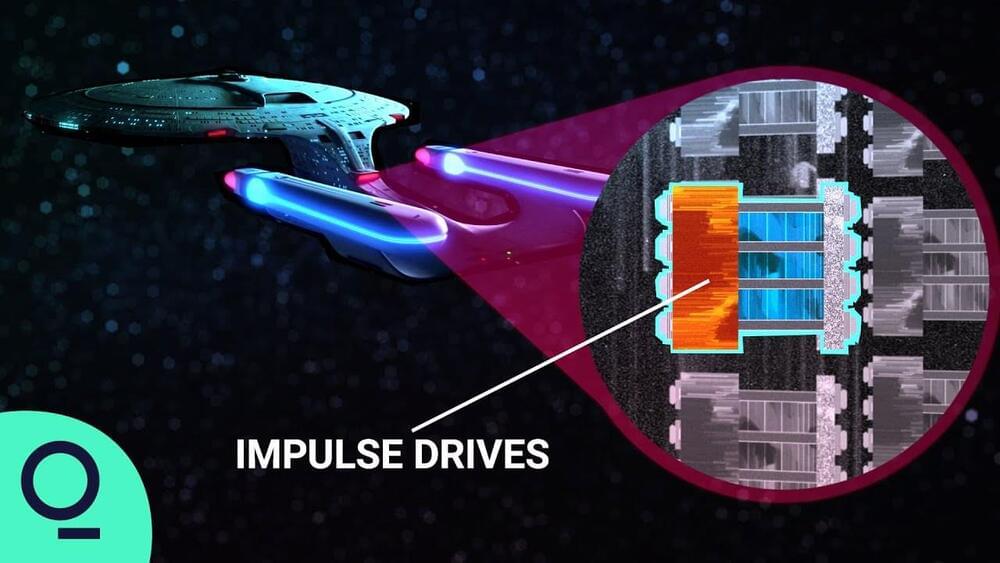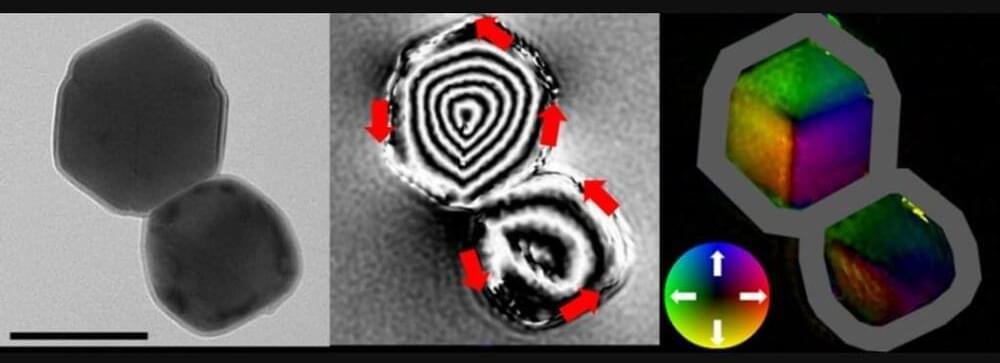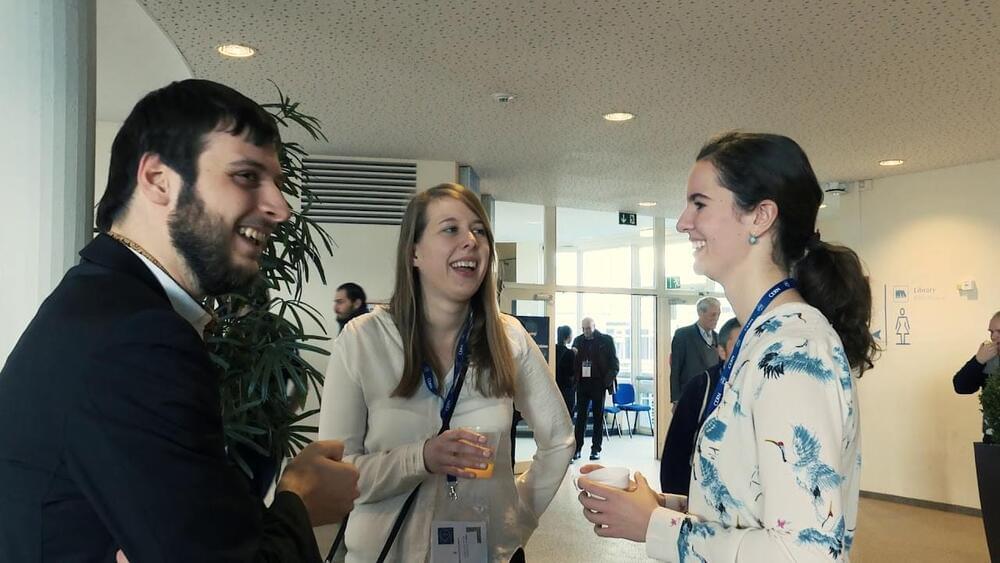“University Of The 3rd Age” — Seniors Staying Intellectually Challenged, Socially Engaged, And Physically And Mentally Healthy — Maya Abi Chahine, University for Seniors, American University of Beirut (AUB)
AUB (https://www.aub.edu.lb/seniors/Pages/default.aspx).
The University for Seniors is a new life-long learning initiative at AUB, the first of its kind in Lebanon and the Middle East. It gives older adults (who are 50 and above) the opportunity to share their wisdom and passion, to learn things they have always wanted to learn in a friendly academic environment and to interact socially with other seniors, AUB faculty and students.
Ms. Abi Chahine holds an MA in Public Policy & Ageing from King’s College London and is a passionate advocate and researcher in health, well being issues and third age learning. Her portfolio includes collaborations with UN agencies, including WHO, United Nations Population Fund, and International Labour Organization, as well as INGOs such as HelpAge International and universities in the UK.
Ms. Abi Chahine has 21 years of experience in setting-up and managing programs in the fields of public health, gerontology and education, notably universities. Throughout her multifaceted career, she developed skills in establishing and restructuring programs, by spearheading strategies, setting institutionalization mechanisms and driving daily operations that ensured customers and collaborators’ satisfaction and expansion.








